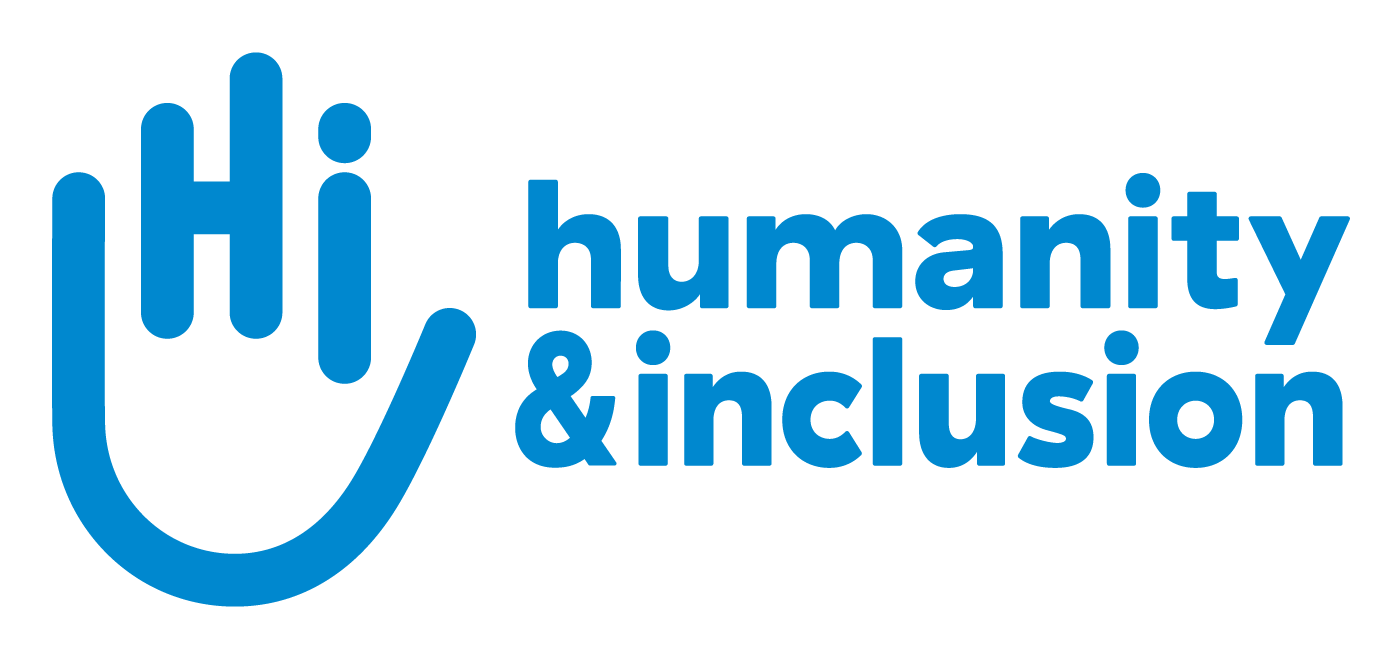Recently, a series of extreme weather phenomena hit the Philippines, plunging the islands into disaster. The country is particularly exposed to the risks of tropical storms, cyclones and floods, and is one of the most vulnerable in the world to climate change. HI has been present in the Philippines since 1985, and from the very first day, our teams mobilized to support the communities affected by the considerable damage caused by typhoon Wipha and storms Co-may and Francisco.
A chain of disasters: more than 7.9 million people affected
Since the beginning of July, the Asia-Pacific region has been experiencing a particularly intense rainy season, marked by a series of extreme weather phenomena. In the Philippines, the disaster unfolded in three stages.
First on July 19, Typhoon Wipha grazed the north of the archipelago, bringing with it extremely strong winds and torrential rain, aggravating the south-west monsoons - known as Habagat in the country. Although the storm did not make landfall, it caused massive flooding in Luzon and Manila. Without giving the population time to hope for a lull, Wipha marked the start of a series of disturbances: the very next day, storms Co-may and Francisco took over with winds of up to 80 mph, continuing to feed the unstoppable monsoon rains.
In just a few days, the violence of these successive events affected more than 7.9 million people in more than 8,200 barangays, causing the destruction of nearly 32,000 homes and the displacement of almost 890,000 people. As of the latest available information, the reported death toll has risen to 34.
A critical situation in several regions
The consequences are far-reaching, and the humanitarian needs immense: the disaster has caused severe damage to homes, infrastructure (schools, health facilities, water purification, etc.), as well as to the population's food resources and means of subsistence.
Thousands of families, particularly those dependent on daily wages and small-scale farming, are facing a serious risk of food insecurity and loss of income... Crops are flooded, markets are no longer easily open, and stock losses are considerable. In addition, access to drinking water is limited due to contamination of water sources caused by flooding. Clean and safe drinking water is a priority, as are sanitation and hygiene initiatives to reduce the risk of waterborne diseases such as leptospirosis, cholera, certain forms of hepatitis, and typhoid fever.
"The persistent rain, flooding, and material damage that has still not been resolved are delaying response efforts and making it even more impossible for the population to resume activities that would enable them to cope," explains Melanie Ruiz, Country Manager for HI in the Philippines.
In addition to food and drinking water, there is the issue of shelter. Thousands of houses have been submerged or destroyed, particularly those made of lightweight materials. With the worsening weather conditions, the number of displaced families could increase: it is urgent to fix what can be repaired to guarantee as many people as possible a safe place to live.
"Shelter centers are still overcrowded, and thousands of people are still unable to return home, making the situation worse for the most at-risk populations, such as women, children, persons with disabilities, and older persons," adds Melanie Ruiz.
HI mobilized to meet the most urgent needs
Present in the Philippines for 40 years, HI maintains close relations with local and international NGOs operating in the country, government agencies, and institutions mobilized in the event of a humanitarian emergency. As early as July 22, HI Philippines deployed its emergency team, in collaboration with its local partners, to carry out a needs assessment, prioritizing the regions most affected by the disaster.
From July 27, with several partner organizations, such as PHILDRADS and Save the Children Philippines, HI organized the distribution of kits to 160 families. The population received hygiene kits consisting of soap, toothbrushes, menstrual hygiene products, detergent, etc., and water kits with 5-gallon jerrycans and capsules to purify the water and make it drinkable. The families also received non-food items kits consisting of blankets, solar lamps, a plastic mat, and mosquito nets.
Finally, HI also organized awareness-raising sessions on hygiene in emergency situations. These focused on the risks associated with waterborne diseases.
"Rapid access to drinking water, hygiene products and clear health information that everyone can understand is essential to prevent epidemics after flooding. Thanks to the quick response of ACCESS partners, in coordination with community volunteers and local authorities, we were able to reach the worst-affected families within a few days", adds Melanie Ruiz, Country Manager for HI in the Philippines.
| ACCESS (Assisting the Most Vulnerable Communities and Schools Affected by Complex Emergencies in Accessing Quality and Timely Humanitarian and Disaster Preparedness Services) is a multi-year, multi-sectoral project funded by EU Civil Protection & Humanitarian Aid and implemented by consortium members, Action Against Hunger Philippines, CARE Philippines, HI Philippines, Oxfam Pilipinas, Plan International Pilipinas, Save the Children Philippines. |
1. The smallest administrative unit in the Philippines, it can be a neighborhood, a district, or a village.




